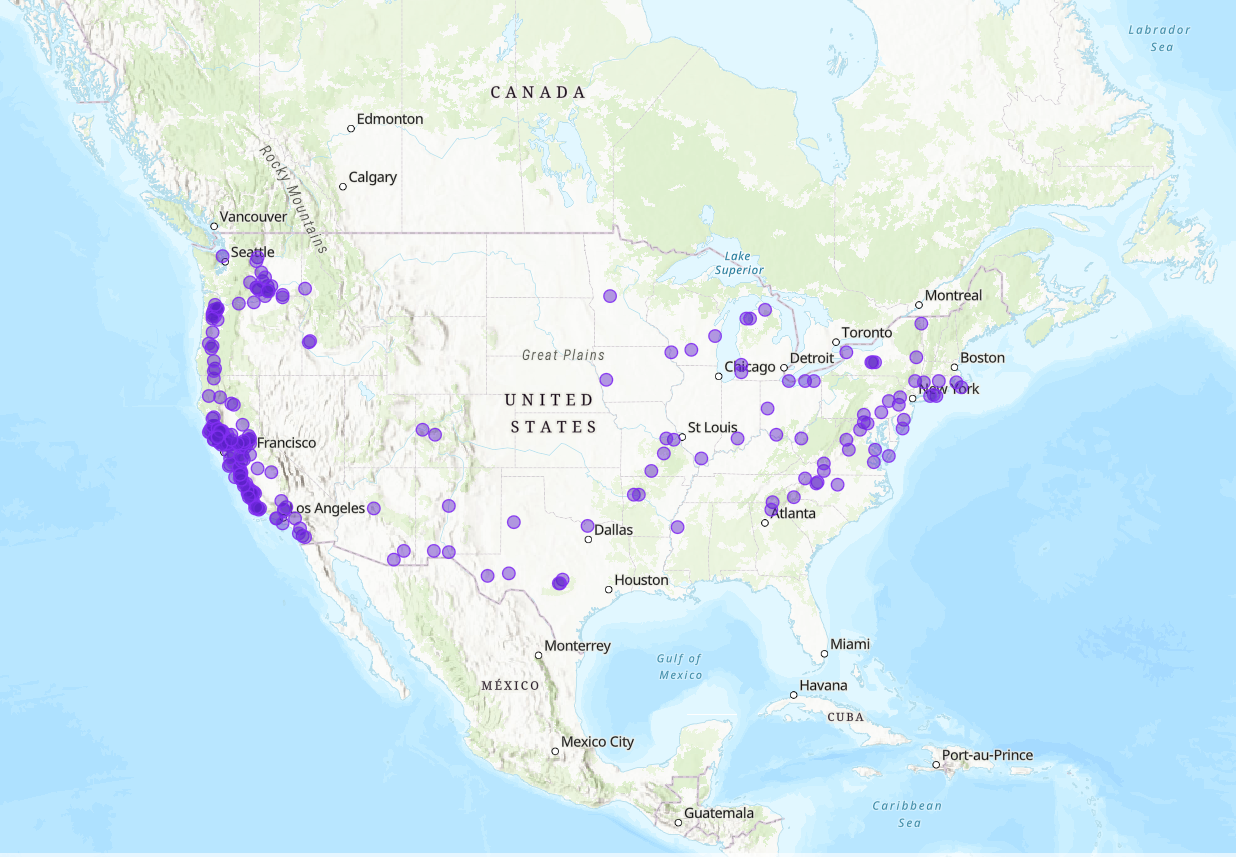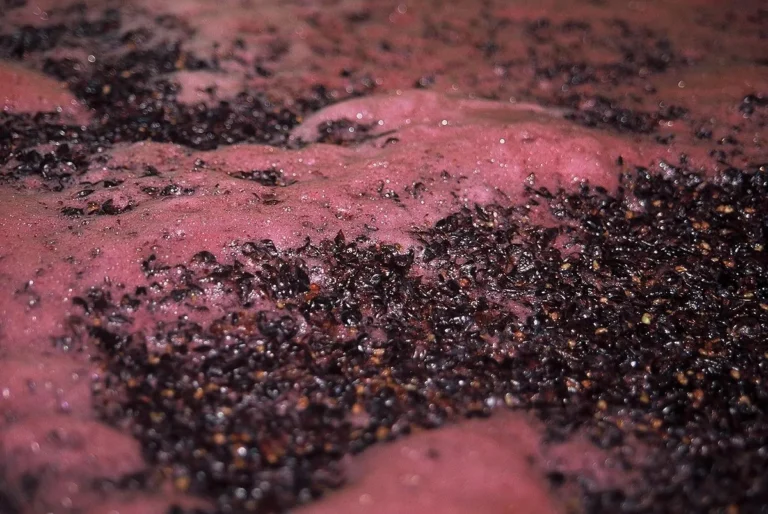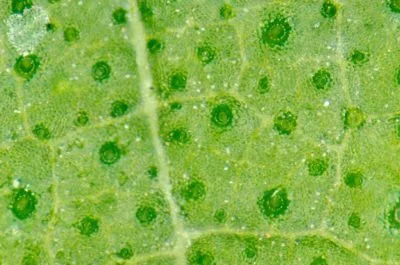You hear these letters thrown around quite a bit; AOC, DOC, AVA, but what do they actually mean? Appellation d’Origine Contrôlée, Denominazione di Origine Controllata, and American Viticultural Area all are shortened into these initialisms that represent designated areas in the wine world. Unlike, AOC and DOC where there is a governing body regulating specifically what the winemakers must do in order to attain the status, here in the United States, AVAs do not have a regulatory board or a requirement of a tasting panel.
The first regulatory board was created in the Châteauneuf-du-Pape region in 1924. The region was concerned with declined quality and fraud due to the Phylloxera pandemic. Five years later, in 1929, Côtes-du-Rhône union followed in their footsteps. Finally in 1935, the AOC was officially created thanks to a Decree-Law. Other countries, followed suite such as Italy’s DOC which was introduced in 1963. Based on the French model, the governing body makes sure the the wine labeled specifies the production area as well as the methods used to produce the wine are guaranteed through record keeping and a taste test.
Have you been missing the weekly Exploring the Wine Glass posts? They have moved. Sign up below to receive notification of new posts. Subscribe to Dracaena Wines’ blog in the sidebar on this page.
In Spain, Rioja was leading the fight for obtaining guaranteeing quality. In 1902, a Royal Decree established the link between the geographical region and the quality of product in the bottle. In 1926, the first regulatory board was formed (Consejo Regulador) in Rioja. But it wasn’t until the 1932 Wine Statute officially created the Denominación de Origen/Denomination of Origin (DO) system. In 1988, when Spain entered into the European Union, a national committee decided which DOs were were of highest quality and were to be upgraded to DOC. Rioja was the first to be selected and remained the only DOC for fifteen years. Then in 2003, Priorat was named as the second DOC. An interesting requirement of DOC status is that the region’s wines must cost at least double that of the national average for DO wines.

It took some time before the United States jumped on board. Surprisingly, the first AVA was not in California. This privilege belongs to Augusta, Missouri, which was recognized as an AVA on June 20, 1980. The first California AVA, Napa Valley, was created in 1981. According to the TTB, as of August 2023, there are 269 established AVAs in the United States. California has the most AVAs, with 149. These American Viticultural Areas, are strictly determined by geographical boundaries. Unlike the European systems, there is no regulatory board that forces a tasting panel, nor do AVA laws regulate specific varietals, or farming practices. AVAs are rather simplistic compared to their European counterparts. The only stipulations in order to use an AVA on the label is that 85% of the fruit must come from that designated area and the wine must be finished within the same area.

There is a lot of paper work and hoops to jump through in order to file for a new AVA. The process takes multiple years and the petitioner must demonstrate the following requirements:
- Name Evidence
- Name Usage
- Source of Name and Name Evidence
- Boundary Evidence
- Distinguishing Features
- Climate
- Geology
- Soils
- Physical Features
- Elevation
- Maps and Boundaries Description
- Maps
- Boundary Description
The boundary must be identifiable on the USGS (United States Geographical Survey) maps. Although there is no requirement on size, there must be enough total vineyard acreage to demonstrate it as a “grape growing region.” Once the AVA is petitioned, the TTB begins a back and forth dialogue until it finally determines there is enough evidence to proceed. Then it will release a NPRM, with the updated information and publishes it to allow the public to comment. If over the 60 mandated days, there is no proven complaints, the TTB will re-evaluate and make their final decision.
Slàinte!
I invite you to follow me on Instagram, Twitter, Facebook and Youtube for all things wine. I’ll never tell you what to drink, but I’ll always share what’s in my glass.
Please support our sponsor:
We’ve stacked the odds so that you can get our award winning wines without breaking the bank. Click the image to find out all of the benefits of joining the CHALK CLUB including discounted shipping and up to 25% off all purchases. .



